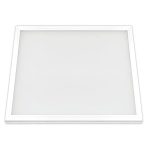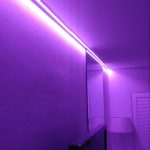Exploring the Effects of Upgrading to a Higher Watt LED Light Bulb: Brighter Illumination and Energy Savings?
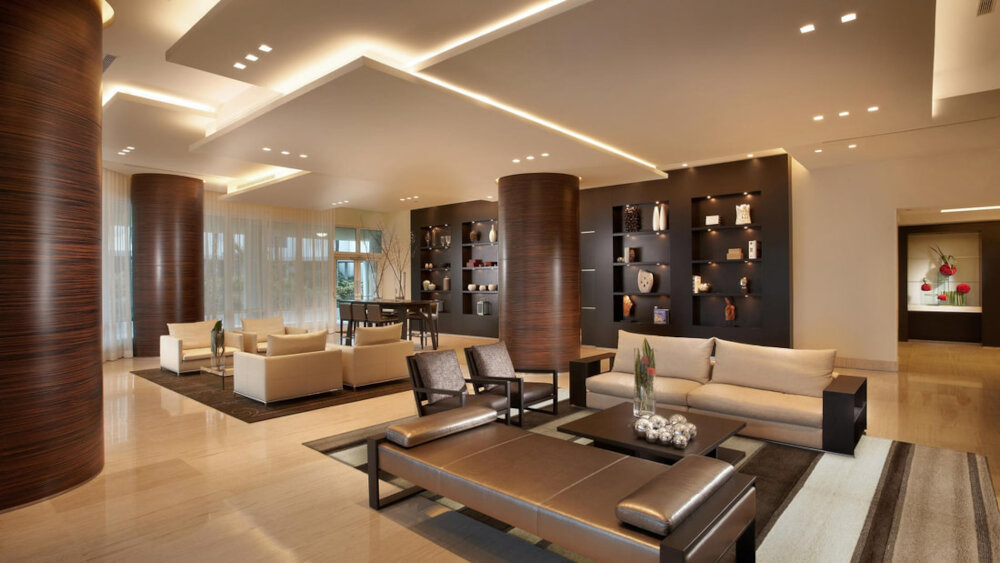
Light bulbs are an essential component of any modern-day household or workplace. With the advancements in technology, the traditional incandescent bulbs have been replaced with energy-efficient LED light bulbs. LED lights are the future of lighting, with their low power consumption and longer lifespan. The introduction of LED light bulbs has been revolutionary, and upgrading to a higher watt LED light bulb can have a significant impact on your lighting experience. In this article, we will explore the effects of upgrading to a higher watt LED light bulb, including brighter illumination and energy savings. Firstly, a higher watt LED light bulb can significantly improve the brightness of your room. Brighter illumination is essential for tasks that require a lot of focus, such as reading or cooking. With a higher watt LED light bulb, you can achieve better illumination, making it easier to see and perform tasks. Additionally, brighter illumination can create a more inviting and welcoming atmosphere in your home or workplace. With the right lighting, you can improve the mood and productivity of individuals in the space. Therefore, upgrading to a higher watt LED light bulb can be a simple yet effective way to enhance your lighting experience.
Lighting plays a crucial role in our daily lives as it affects our mood, productivity, and well-being. It is not only essential for us to see what we are doing, but it also helps set the ambiance and atmosphere in our surroundings. Adequate lighting can improve concentration, reduce eye strain, and enhance our ability to see clearly. Moreover, it’s important to choose the right type of lighting to match the task at hand, such as warm lighting for relaxation and cool lighting for work environments. Upgrading to a higher watt LED light bulb can provide brighter illumination while also saving energy, making it a cost-effective and eco-friendly choice. In short, lighting is an essential part of our daily lives that should not be overlooked.
Upgrading to LED light bulbs is becoming increasingly popular due to their numerous benefits. LED bulbs are energy-efficient, providing significant cost savings while also helping to reduce your carbon footprint. Additionally, they last longer and emit less heat than traditional incandescent bulbs, making them a safer and more durable option. By upgrading to a higher watt LED bulb, you can enjoy even greater illumination in your home or business, without sacrificing energy efficiency. In this article, we will explore the effects of upgrading to a higher watt LED light bulb, examining the benefits in terms of both brighter illumination and energy savings.
The article \Exploring the Effects of Upgrading to a Higher Watt LED Light Bulb: Brighter Illumination and Energy Savings\ aims to investigate the impact of upgrading to a higher wattage LED light bulb on both illumination and energy consumption. With the rise of LED lighting as a cost-effective and energy-efficient alternative to traditional bulbs, it is essential to understand how upgrading to higher wattage LED bulbs affects the brightness of illumination and energy savings. This study will provide insight into how upgrading to higher wattage LED bulbs can improve the visibility of a space while simultaneously reducing energy consumption, ultimately providing guidance to individuals looking to make more sustainable choices in their lighting.
What are LED Light Bulbs?
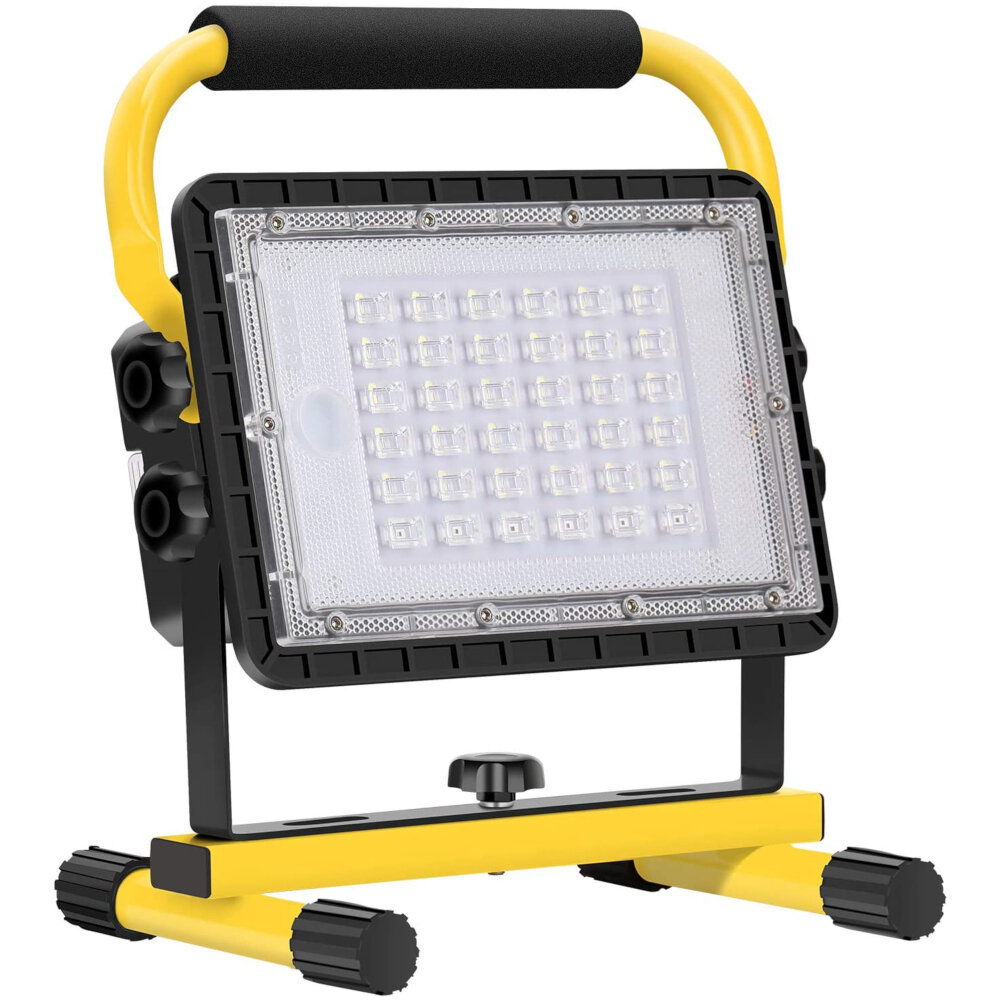
LED light bulbs are a type of light bulb that uses light-emitting diodes (LEDs) to produce light. Unlike traditional incandescent bulbs, which use a filament to produce light, LED bulbs produce light by passing a current through a semiconductor. This means that LED bulbs are much more energy-efficient than traditional bulbs, as they require less power to produce the same amount of light. LED bulbs also last much longer than traditional bulbs, with a lifespan of up to 25,000 hours or more. One of the most significant advantages of LED light bulbs is their energy efficiency. LED bulbs use up to 80% less energy than traditional bulbs, which can lead to significant cost savings over time. This is because LED bulbs convert much more of the energy they consume into light, rather than wasting it as heat. Additionally, LED bulbs produce much less heat overall than traditional bulbs, which can be a significant advantage in warmer climates or when using multiple bulbs in a small space. With their long lifespan, energy efficiency, and lower heat output, LED light bulbs are an excellent choice for anyone looking to reduce their energy consumption and save money on their electricity bills.
LED light bulbs are a more energy-efficient alternative to traditional incandescent bulbs. LED stands for \light-emitting diode,\ which is a semiconductor that emits light when an electric current passes through it. LED light bulbs use less energy to produce the same amount of light as incandescent bulbs, making them a more environmentally friendly option. They also have a longer lifespan and produce less heat, making them safer to use. Upgrading to a higher watt LED light bulb can provide brighter illumination in your home or workspace while also saving you money on energy bills in the long run. With a variety of styles and colors available, LED light bulbs offer a versatile and sustainable lighting solution for any setting.
LED light bulbs have revolutionized the lighting industry due to their remarkable energy efficiency and durability. Unlike traditional incandescent bulbs, LED bulbs convert electrical energy into light through a semiconductor material that emits photons. This process is known as electroluminescence. LED bulbs use a fraction of the energy required by incandescent bulbs to produce the same amount of light, making them an eco-friendly and cost-effective lighting solution. In addition, LED bulbs have a longer lifespan than their traditional counterparts, lasting up to 25,000 hours or more. This technology has made it possible to upgrade to higher watt LED bulbs for brighter illumination while still conserving energy and reducing electricity costs.
LED light bulbs and traditional incandescent light bulbs differ in a number of ways. Firstly, LED bulbs are much more energy-efficient than incandescent bulbs, using as much as 80% less energy to produce the same amount of light. This means that they last much longer, typically around 25,000 hours compared to just 1,000 hours for an incandescent bulb. Additionally, LED bulbs generate less heat than incandescent bulbs, making them safer to use and reducing the risk of fire. LED bulbs are also more environmentally friendly, as they contain no mercury and are fully recyclable. Finally, LED bulbs are available in a wider range of colors and styles than incandescent bulbs, making them more versatile and suitable for a wider range of applications.
Benefits of Upgrading to a Higher Watt LED Light Bulb
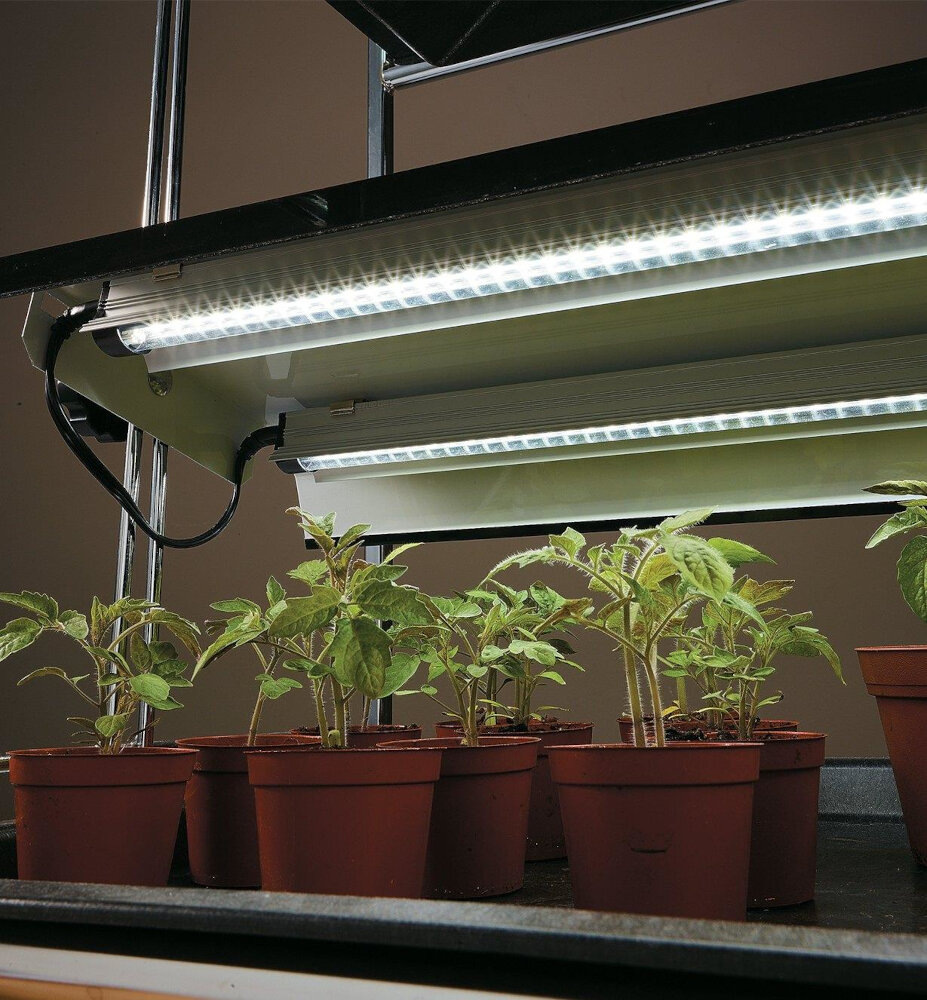
Upgrading to a higher watt LED light bulb can offer a range of benefits for homeowners and businesses alike. One of the primary advantages of switching to a brighter LED bulb is the increased illumination it provides. Whether you are trying to brighten up a work space, living room, or outdoor area, a higher watt LED bulb can offer a brighter and more vibrant light. This can be particularly useful for those who need to complete tasks that require a high level of visibility, such as reading or working on detailed projects. In addition to providing brighter illumination, upgrading to a higher watt LED light bulb can also offer significant energy savings. LED bulbs are known for being highly energy-efficient, and a higher wattage bulb can provide even more savings over time. By using less energy to produce the same amount of light as a traditional bulb, LED bulbs can help lower your energy bills and reduce your carbon footprint. This makes them an excellent choice for those who are looking to save money on their utility bills and reduce their impact on the environment.
Upgrading to a higher wattage LED light bulb comes with several advantages. Firstly, higher wattage LED bulbs provide brighter illumination, which is beneficial in areas where ample lighting is required. This is particularly useful in workspaces, kitchens, and living rooms. Secondly, using higher wattage LED bulbs can lead to significant energy savings over time. LED bulbs are known for their efficiency, and upgrading to a higher wattage bulb means using fewer bulbs to achieve the desired level of brightness. Additionally, LED bulbs have a much longer lifespan compared to traditional incandescent bulbs, which reduces the need for frequent replacements. Overall, upgrading to a higher wattage LED bulb is a cost-effective and efficient way to enhance the lighting in your home or workspace.
Upgrading to a higher watt LED light bulb can have a significant impact on the brightness of a room. With a higher wattage, the LED bulb emits a brighter illumination, allowing for increased visibility and an enhanced ambiance. The beauty of LED technology is that it can achieve this increased brightness without sacrificing energy efficiency. By investing in a higher watt LED light bulb, individuals can enjoy brighter lighting while also reducing their energy consumption and saving on their utility bills. The higher wattage also offers more flexibility in terms of lighting design, allowing for customized lighting schemes that can be adjusted to suit the needs of any space. Overall, upgrading to a higher watt LED light bulb offers a range of benefits, from improved illumination to energy savings and versatility in design.
Upgrading to a higher wattage LED light bulb can lead to significant energy savings due to the energy-efficient nature of LED technology. LED light bulbs are known to consume less energy than traditional incandescent bulbs, and higher wattage LED bulbs can produce more light while consuming less power. This means that households and businesses can enjoy brighter illumination without having to pay higher electricity bills. Additionally, LED bulbs have a longer lifespan than incandescent bulbs, so they require less frequent replacements, reducing waste and further saving energy. Overall, upgrading to a higher wattage LED light bulb is a smart investment that can benefit the environment and save money in the long run.
Factors to Consider Before Upgrading to a Higher Watt LED Light Bulb
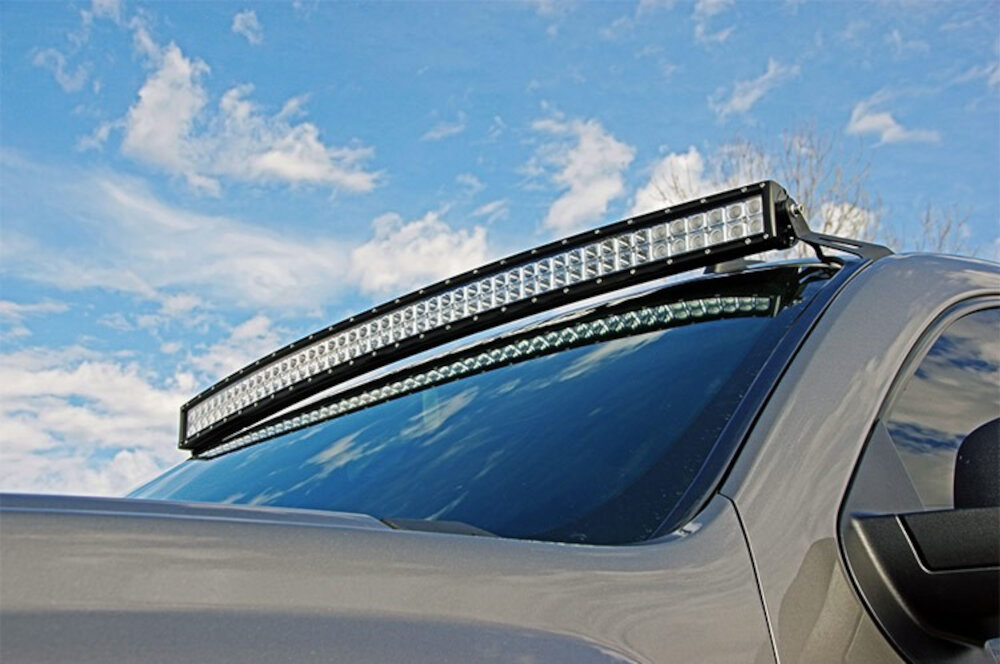
Upgrading to a higher watt LED light bulb can be an effective way to brighten up your living space while saving on energy costs. However, before making the switch, there are several factors to consider. The first thing to think about is the size of the room and the type of lighting needed. A higher watt bulb may be too bright for a small space, while a lower watt bulb may not provide enough illumination for a large room. It’s important to choose the right wattage for your space to avoid eye strain or discomfort. Another factor to consider is the color temperature of the LED bulb. LED bulbs come in a range of color temperatures, from cool white to warm yellow. The color temperature can affect the ambiance of your room and your mood. For example, a warm yellow bulb can create a cozy atmosphere, while a cool white bulb can make a room feel more modern and energized. It’s important to choose the color temperature that suits your preference and the purpose of the room. For instance, a warm yellow bulb may be more suitable for a bedroom, while a cool white bulb may work better for a study or workspace.
Before upgrading to a higher wattage LED light bulb, several factors need to be considered to ensure that the transition is successful. Firstly, the compatibility of the new bulb with the existing fixture needs to be checked to avoid any electrical hazards. Secondly, the size and shape of the bulb must be taken into account to ensure that it fits properly into the fixture. Additionally, the lumens of the new bulb should be considered to ensure that it provides the desired level of illumination without being too bright or too dim. Lastly, the energy consumption of the new bulb should be evaluated to ensure that it is energy-efficient and cost-effective in the long run. By considering these factors, one can upgrade to a higher wattage LED light bulb with confidence, knowing that it will provide brighter illumination and energy savings.
Choosing the right wattage for the intended use is crucial when it comes to LED light bulbs. The wattage of a bulb indicates the amount of electric power it consumes to produce light. Using the wrong wattage can lead to various negative consequences, such as reduced illumination or even damage to the bulb. On the other hand, selecting the appropriate wattage can provide numerous benefits, including increased brightness, improved energy efficiency, and a longer lifespan. Therefore, it’s essential to consider the intended use before making a purchasing decision, whether it’s for a home, office, or other commercial setting. By selecting the right wattage, individuals can enjoy the full potential of LED technology while reducing their carbon footprint and saving money on electricity bills.
As one considers upgrading to a higher watt LED light bulb for brighter illumination and energy savings, it is important to factor in the compatibility of the new bulb with existing fixtures. Often, lighting fixtures are designed to support specific types of bulbs, and using an incompatible bulb can lead to poor performance and potential safety hazards. For instance, using a bulb with a higher wattage than the existing fixture is designed for can cause overheating, which can result in damage to the fixture or even a fire hazard. Therefore, it is crucial to ensure the new bulb is compatible with the fixture to avoid any inconveniences and risks.
The article titled \Exploring the Effects of Upgrading to a Higher Watt LED Light Bulb: Brighter Illumination and Energy Savings\ highlights the benefits of upgrading to LED light bulbs with higher wattage. The article discusses how higher wattage LED bulbs not only provide brighter illumination but also save energy, resulting in lower electricity bills. The article also explores the various factors one should consider before upgrading to a higher wattage LED bulb, such as the color temperature and lumens. Additionally, the article emphasizes the importance of choosing the right bulb for the intended use and highlights the potential health benefits of LED lighting. Overall, the article provides valuable insights into the benefits of upgrading to higher wattage LED bulbs and the factors to consider before making the switch.
Upgrading to a higher wattage LED light bulb can bring numerous benefits to your home or workplace. Firstly, it can provide brighter illumination, allowing you to see more clearly and work more efficiently. Additionally, higher wattage LED bulbs are more energy-efficient than traditional incandescent bulbs, reducing your electricity bills and helping to protect the environment. Furthermore, LED bulbs have a longer lifespan than incandescent bulbs, meaning that you won’t have to replace them as frequently, saving you time and money in the long run. So, if you want to enjoy brighter illumination and energy savings, upgrading to a higher wattage LED light bulb is definitely worth considering.
Are you tired of dim, yellow-tinted lighting in your home or office? Upgrading to a higher watt LED light bulb can provide brighter illumination and a crisper, more natural-looking light. Not only does this enhance the aesthetic appeal of your space, but it also has the potential to save you money on your energy bill. LED bulbs use significantly less energy than traditional incandescent bulbs, meaning you can enjoy the benefits of brighter lighting without worrying about your electricity usage. Don’t settle for lackluster lighting any longer – consider upgrading your bulbs and experience the difference for yourself.
Conclusion
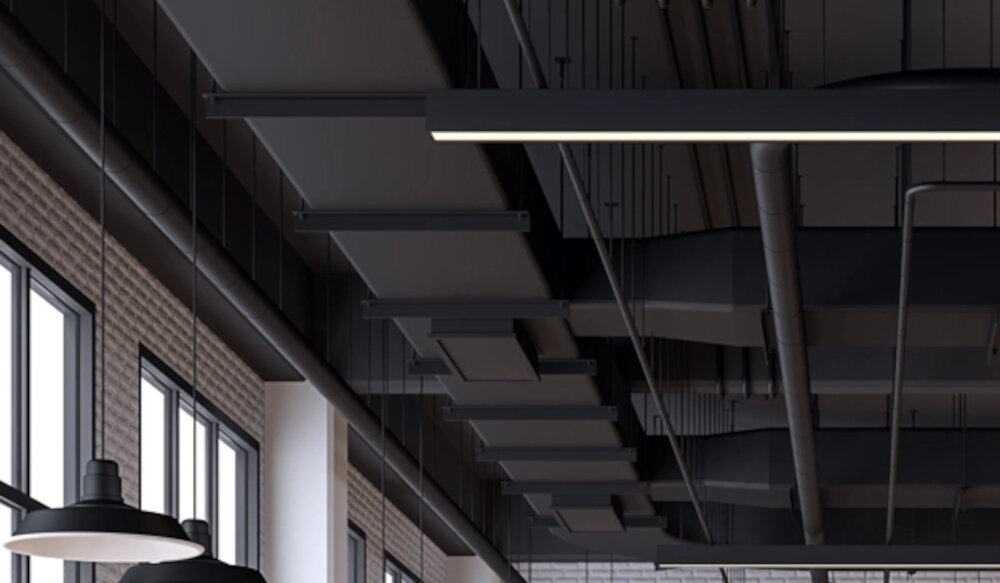
In conclusion, upgrading to a higher watt LED light bulb provides both brighter illumination and energy savings. The shift towards LED lighting technology has revolutionized the lighting industry, providing an eco-friendly and cost-effective alternative to traditional lighting options. LED light bulbs consume less energy, have a longer lifespan, and emit brighter and more natural light compared to incandescent and fluorescent light bulbs. The benefits of upgrading to a higher watt LED light bulb not only provide a brighter and more comfortable living environment but also contribute towards a sustainable future. As we continue to explore alternative energy-efficient options, making the switch to LED lighting is a simple yet impactful step towards a brighter and more sustainable future.


